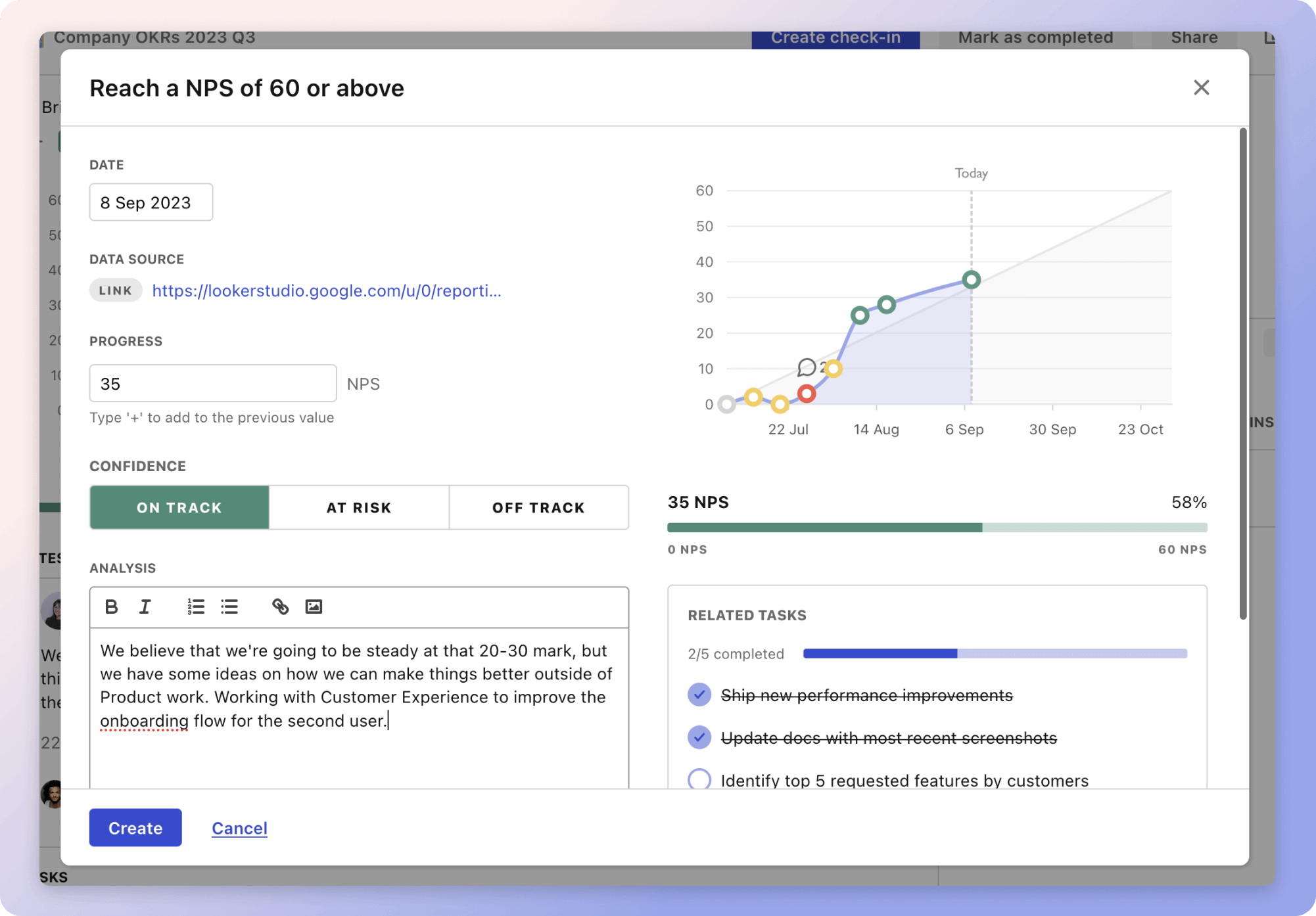The strategy for developing a Logistics 4.0 ecosystem in Santa Catarina involves integrating stakeholders through comprehensive communication efforts. This includes presentations, visual aids, and workshops to educate and engage stakeholders, supplemented by digital means such as webinars, websites, and social media. For example, creating an informative website can break down complex concepts for easier stakeholder understanding.
Another aspect is defining Logistics 4.0 clearly by drafting precise definitions, identifying key technologies, and engaging with industry experts through roundtables. Thus, issues related to Logistics 4.0 are covered in depth by various informational content forms, like white papers and videos, targeting different audience segments.
Roles and goals are clarified for each stakeholder to ensure effective collaboration. This involves conducting analyses, aligning goals with stakeholders' strengths, and using project management tools for tracking progress. Cross-stakeholder workshops and regular reviews ensure roles remain relevant to the strategic aims, fostering an adaptable and collaborative environment.
The strategies
⛳️ Strategy 1: Communicate the ecosystem concept
- Develop a comprehensive presentation explaining what an ecosystem is
- Create visual diagrams to represent the ecosystem structure
- Organise educational workshops for stakeholders
- Draft a document outlining the benefits of joining the ecosystem
- Host a webinar to discuss global Logistics 4.0 ecosystems as case studies
- Distribute informational materials to all partners via email
- Launch a dedicated website explaining the ecosystem and its components
- Utilise social media to share quick facts and engage with stakeholders
- Arrange face-to-face meetings with each stakeholder group for in-depth discussions
- Gather feedback to continually refine the ecosystem concept presentation
⛳️ Strategy 2: Define Logistics 4.0
- Draft a clear and concise definition of Logistics 4.0
- Identify key technologies involved in Logistics 4.0
- Develop a white paper detailing the impact of Logistics 4.0
- Organise a roundtable discussion with industry experts
- Produce a video explaining Logistics 4.0 for a broader audience
- Create FAQs addressing common questions about Logistics 4.0
- Collaborate with the university to research innovative Logistics 4.0 solutions
- Publish articles in local industry magazines
- Leverage social media platforms to distribute educational content
- Engage media outlets for broader coverage on the Logistics 4.0 topic
⛳️ Strategy 3: Clarify roles and set goals for each stakeholder
- Conduct stakeholder analysis to understand their strengths and interests
- Assign specific roles and responsibilities to each stakeholder group
- Develop clear and achievable goals aligned with stakeholder capabilities
- Organise meetings with each group to discuss roles and expectations
- Facilitate cross-stakeholder workshops to foster collaboration
- Create a timeline for each stakeholder's contributions and milestones
- Utilise project management software to track progress and responsibilities
- Implement a feedback loop for continuous improvement of roles and tasks
- Establish key performance indicators to measure success for each stakeholder
- Regularly review and adjust goals to align with evolving project needs
Bringing accountability to your strategy
It's one thing to have a plan, it's another to stick to it. We hope that the examples above will help you get started with your own strategy, but we also know that it's easy to get lost in the day-to-day effort.
That's why we built Tability: to help you track your progress, keep your team aligned, and make sure you're always moving in the right direction.

Give it a try and see how it can help you bring accountability to your strategy.
